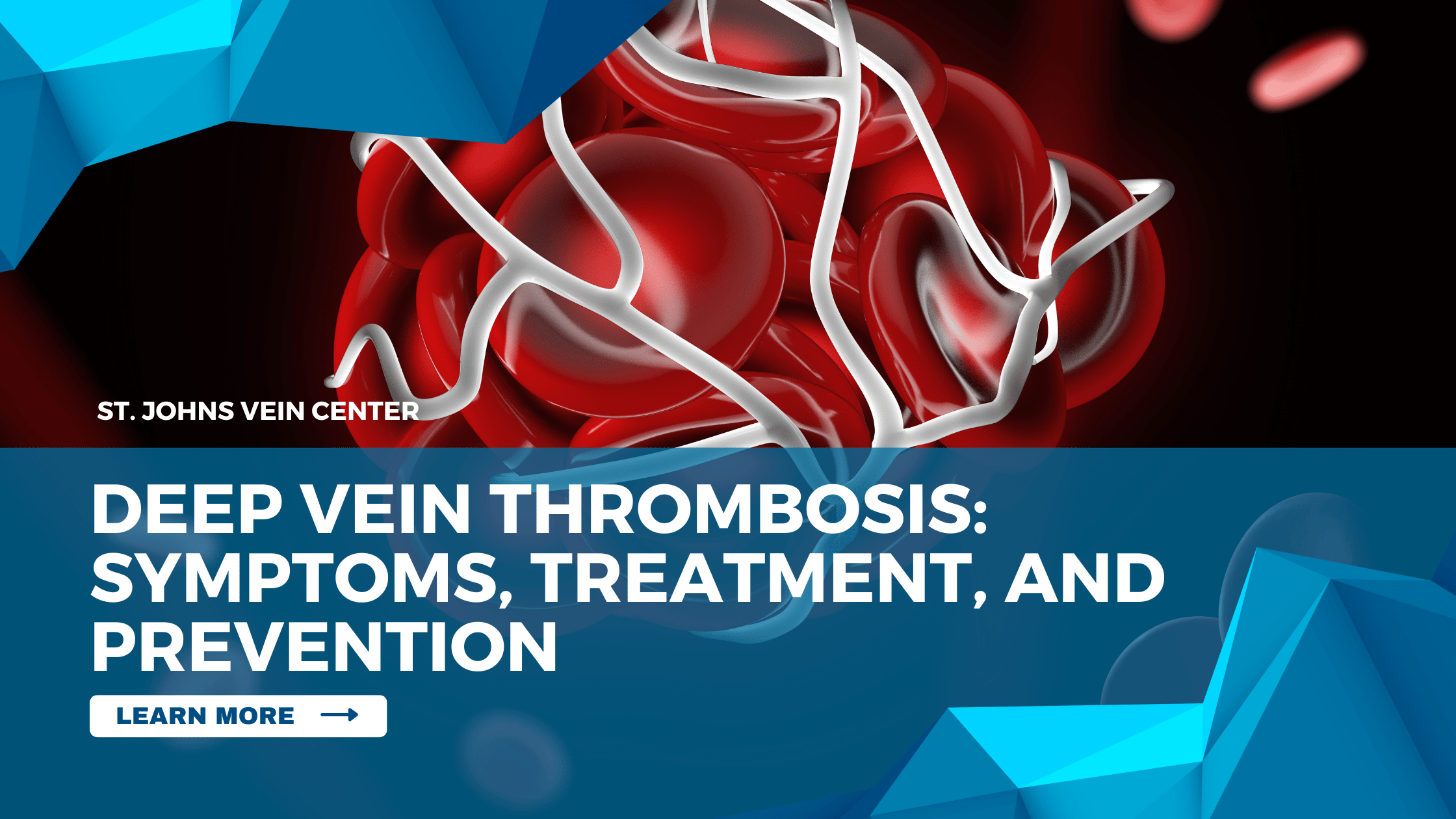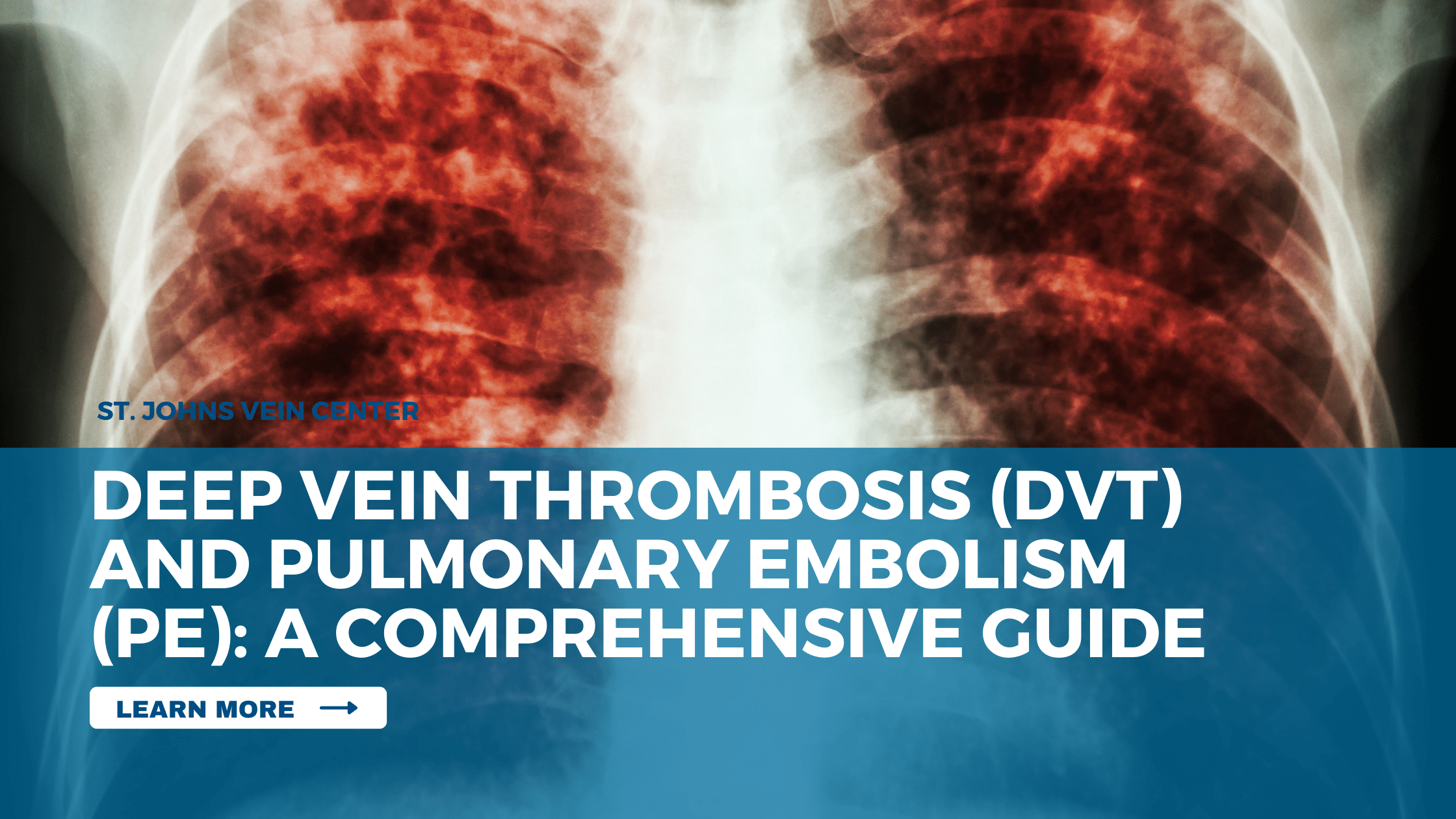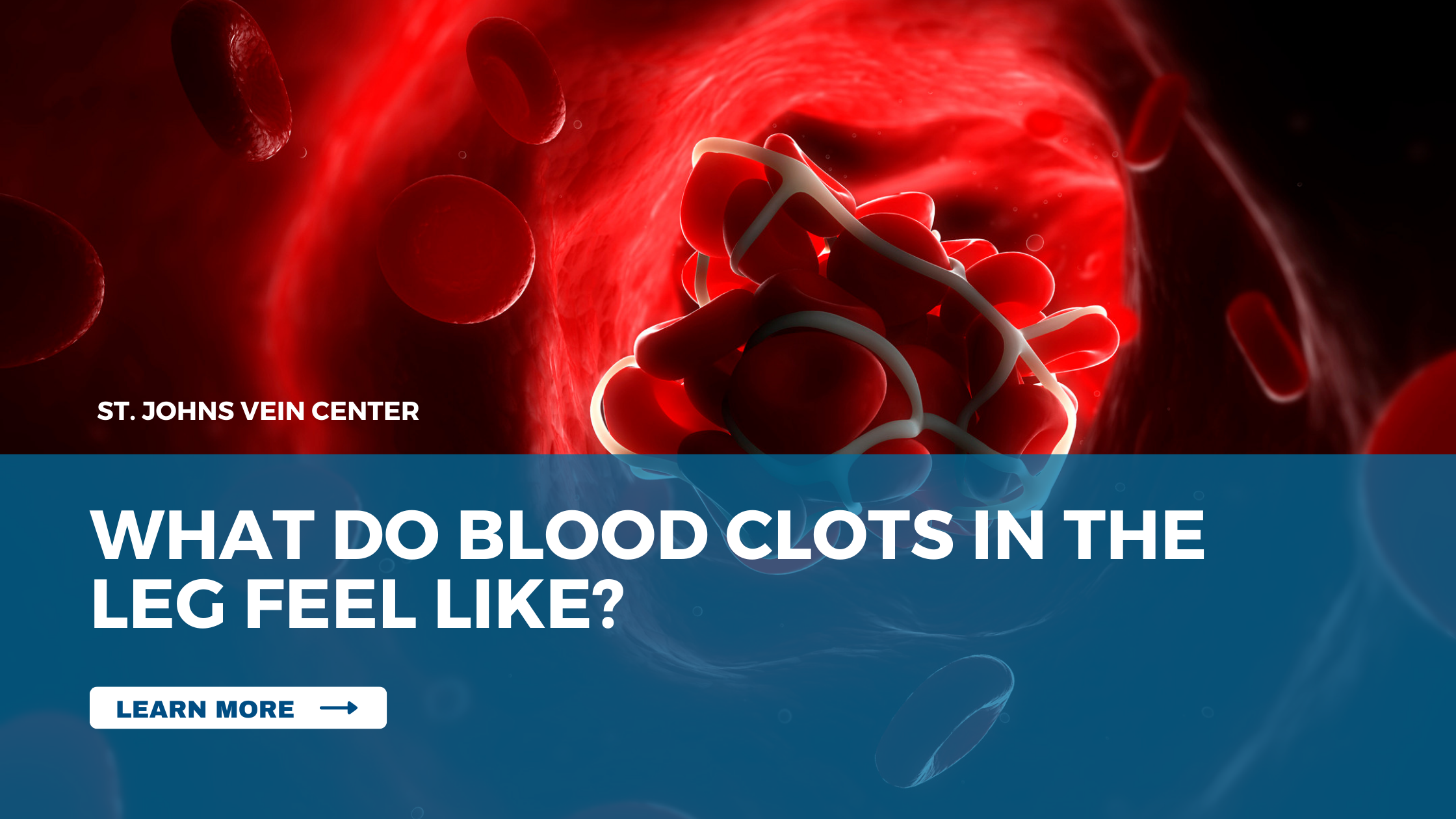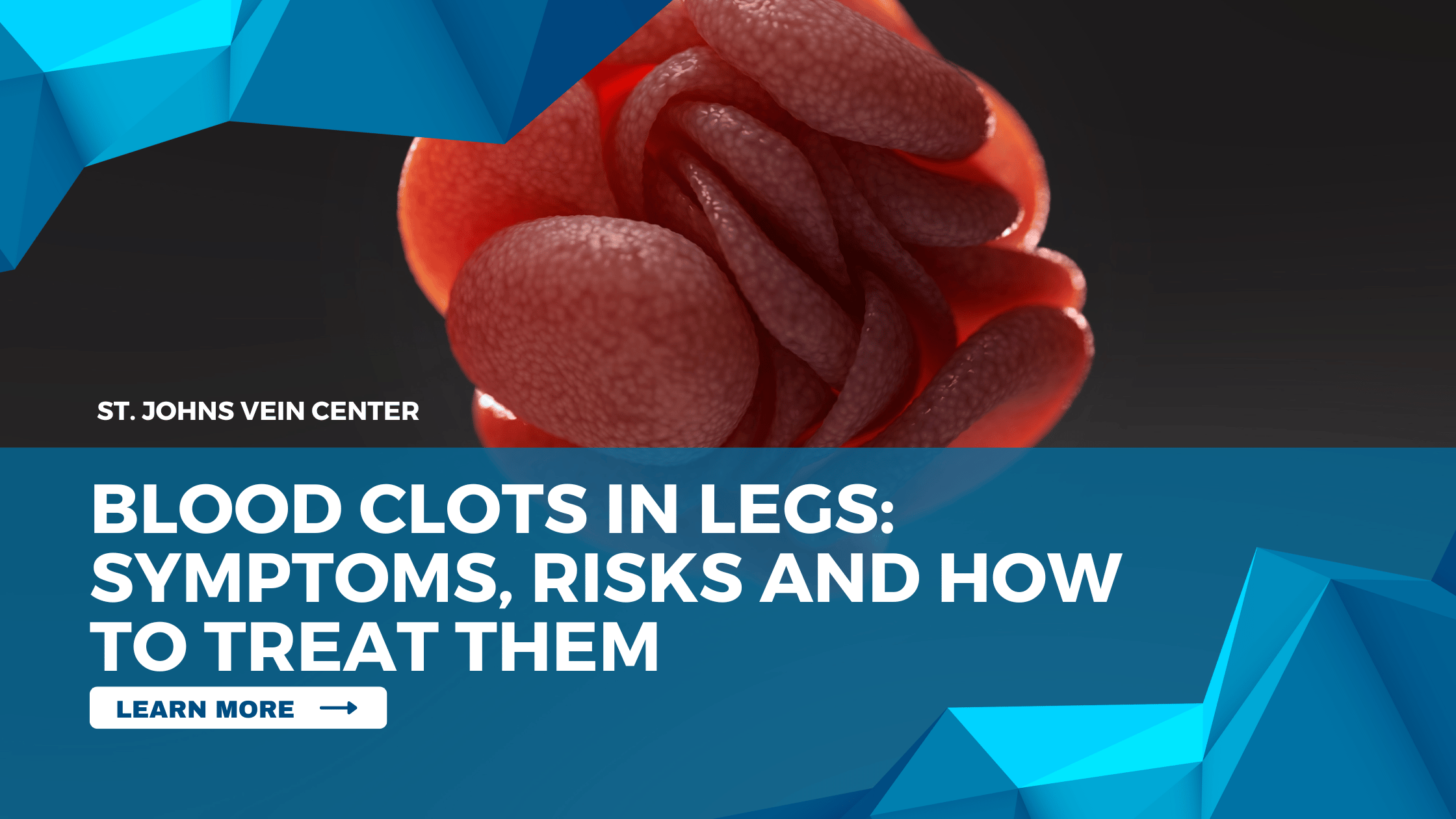Deep vein thrombosis is a serious medical condition that can often go undetected until its too late. Learn about the signs and symptoms of deep vein thrombosis, as well as treatments and prevention methods in this blog post. Don’t ignore the warning signs – find out how to keep yourself safe from this potentially fatal disease!
Introduction to Deep Vein Thrombosis
Deep vein thrombosis (DVT) is a serious condition that occurs when a blood clot forms in a vein, usually in the leg. DVT can cause pain, swelling, and redness in the affected area. If the clot breaks free and travels to the lungs, it can be life-threatening.
DVT is most often caused by prolonged periods of immobility, such as during a long plane flight or car ride. Other risk factors include obesity, pregnancy, smoking, and certain medical conditions.
There are several ways to prevent DVT, including:
• Wearing loose-fitting clothing
• Taking regular breaks during extended periods of sitting or standing
• Exercising regularly
• Taking blood thinners as prescribed by your doctor
If you think you may have DVT, it’s important to see a doctor right away. Treatment typically involves taking blood thinners and wearing compression stockings. In some cases, surgery may be necessary to remove the clot.
Symptoms of DVT
Deep vein thrombosis (DVT) is a blood clot that forms in a vein, often in the leg. DVT can cause pain, swelling, and redness in the affected area. It can also lead to serious complications if the clot breaks free and travels to the lungs, where it can block blood flow (pulmonary embolism).
Symptoms of DVT include:
-Swelling in the affected leg
-Pain or tenderness in the affected leg
-Redness or warmth in the affected leg
-Increased skin sensitivity in the affected leg
-Cramping or pain in the calf muscle
Diagnosing DVT
If you think you might have DVT, it’s important to see a doctor right away. If the clot is small and not causing any symptoms, your doctor may just monitor you closely for signs of it getting larger or breaking off and traveling to your lungs. But if the clot is large or causing symptoms, you’ll need treatment right away.
To diagnose DVT, your doctor will ask about your symptoms and medical history. They’ll also do a physical exam. To check for DVT, they may order one or more of the following tests:
Duplex ultrasound: This test uses sound waves to create images of your blood vessels. It can show whether there’s a clot and where it’s located.
Venogram: This test involves injecting a dye into a vein in your leg. The dye makes the vein visible on an x-ray so that your doctor can see if there’s a clot.
CT scan: This test uses x-rays and computers to create detailed images of your blood vessels. Like venography, it can show whether there’s a clot and where it’s located.
Treatments for DVT
There are several treatments for deep vein thrombosis (DVT), including anticoagulants, thrombolytics, and vena cava filters.
Anticoagulants are the most common treatment for DVT. These medications work by preventing your blood from clotting. The three most common anticoagulants are warfarin (Coumadin), heparin, and low molecular weight heparins (LMWHs). Warfarin is taken in pill form, while heparin and LMWHs are injected under the skin.
Thrombolytics are drugs that dissolve blood clots. They are usually only used in cases of severe DVT because they can cause bleeding. The two most common thrombolytics are tissue plasminogen activator (tPA) and streptokinase.
Vena cava filters are devices that are placed in the large vein that carries blood from the lower half of your body to your heart (the vena cava). Filters catch blood clots before they can travel to your lungs and cause a pulmonary embolism.
Prevention Strategies for DVT
There are many ways you can prevent deep vein thrombosis (DVT), and the best strategy for prevention depends on your individual risk factors. Some general tips for preventing DVT include:
-Maintaining a healthy lifestyle with regular exercise and a balanced diet
-Avoiding long periods of immobility, such as during long flights or car rides
-Wearing loose, comfortable clothing that does not constrict blood flow
-Elevating your legs when possible to promote blood circulation
If you have any additional risk factors for DVT, such as being overweight or having a family history of the condition, your doctor may recommend additional prevention strategies, such as taking blood thinners or wearing compression stockings.
Conclusion
Deep vein thrombosis is a serious medical condition that should not be taken lightly. It can cause severe complications and even death if left untreated. Fortunately, with proper diagnosis and treatment, deep vein thrombosis can be managed effectively. Knowing the symptoms of this condition, seeking medical help promptly if needed, and living an active lifestyle are all important steps for prevention and better management of deep vein thrombosis.




